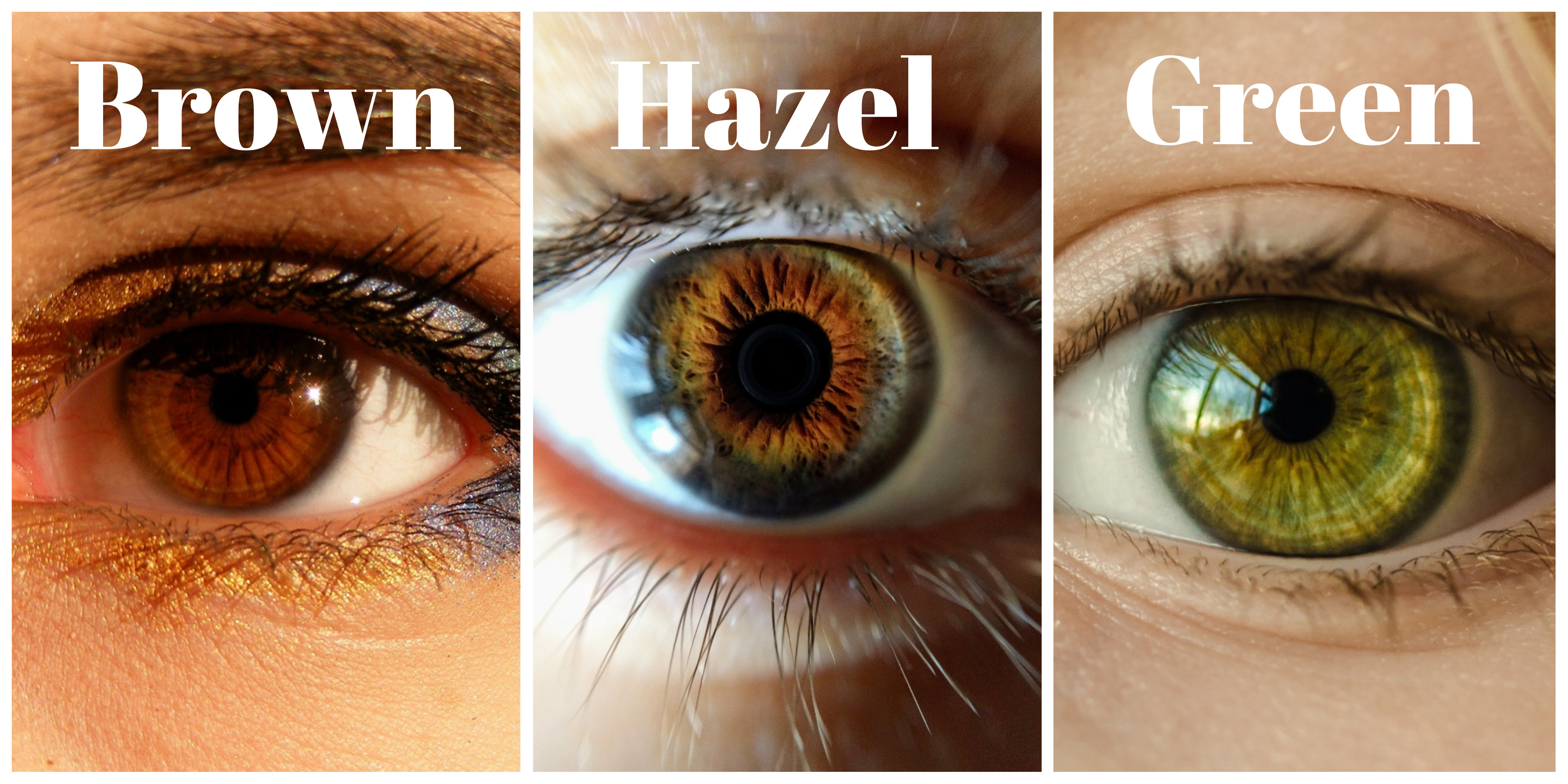Hazel May 38k - A Look At Its Many Sides
When we hear the word "hazel," it really brings up quite a few different ideas for people, doesn't it? For some, it might bring to mind the rich, earthy tones of a specific color, perhaps the very shade of an autumn leaf or someone's captivating eye color. For others, it could actually make them think of something growing in nature, like a sturdy plant that provides useful things. This topic, "Hazel May 38k," seems to touch on a surprising array of these connections, showing just how varied the meaning can be.
You know, it's pretty interesting how one simple word can hold so much. We're going to take a closer look at the different ways "hazel" pops up in our world, from its roots in the plant kingdom to its presence in names and even how it describes a particular kind of eye color. It's almost like peeling back the layers of a story, seeing all the little bits that make up the whole picture, so.
This exploration of "Hazel May 38k" will just about cover everything the term can bring to mind, offering a friendly chat about its natural attributes, its practical uses, and even some familiar faces associated with the name. We'll be looking at how this simple word, "hazel," can mean quite a lot, depending on the context, and how it really plays a part in various aspects of life, as a matter of fact.
- Astrology In June
- 3 Stelliums In Birth Chart
- Do Dogs Like Watching Bluey
- Amy Fuller Bueckers
- Aaron Rogers And Brittani
Table of Contents
- The Many Faces of Hazel May 38k - What's the Story?
- The Plant Called Hazel May 38k - A Natural Wonder
- Growing Strong - Hazel May 38k's Longevity
- What Can Hazel May 38k Give Us?
- Where Does Hazel May 38k Flourish?
- Is Hazel May 38k Just a Plant?
- The Other Faces of Hazel May 38k - Familiar Names
- Thinking About Hazel May 38k's Impact - What's Next?
The Many Faces of Hazel May 38k - What's the Story?
It's interesting, isn't it, how a single word can have so many different meanings and connections? When we talk about "hazel," it turns out we're not just talking about one thing, but a whole collection of ideas. This includes everything from specific types of trees and shrubs to the way we describe a color, and even some well-known people who share the name. So, in a way, "Hazel May 38k" invites us to consider all these different aspects, showing how broad the topic truly is, you know.
The Plant Called Hazel May 38k - A Natural Wonder
Let's start with the plant itself, because that's where a lot of the core meaning for "hazel" comes from. Basically, when people talk about a hazel plant, they're referring to a group of shrubs or even some smaller trees. These plants are part of the birch family, which is pretty cool, and they're especially known for producing nuts. These nuts, they come tucked away inside a kind of leafy covering, which makes them quite unique, in some respects.
You can tell a hazel plant apart from others by looking at a few key features, for instance. Their leaves have a particular look, and their bark has its own distinct texture. If you happen to catch them when they're in bloom, their flowers are another giveaway. And, of course, the fruit, those tasty nuts, are a very clear sign. These are the main ways folks usually identify them in nature, as a matter of fact.
- Are Pumpkin And Josh Back Together
- Kenny Loggins We Are The World
- Go Pure Tighten And Lift Neck Cream Reviews
- Zac And Shelly Brown Wedding
- Is Kelli Giddish Married
More specifically, if you're trying to spot a hazel tree or shrub, you'll often notice their leaves are shaped somewhat like a circle, and they typically have edges that are a bit jagged, almost like tiny teeth. This rounded shape with the little saw-like edges is a pretty good clue that you're looking at a hazel plant, which is useful, really, for anyone trying to figure out what's growing around them.
Growing Strong - Hazel May 38k's Longevity
Now, these hazel plants are pretty resilient, and they have a couple of different ways they can grow and live for a good long time. Sometimes, people manage them by cutting them back regularly, a practice called coppicing. But if a hazel tree is just left alone to grow naturally, it can get quite tall, reaching up to about 12 meters, and it can live for around 80 years, too. That's a pretty good run for a tree, you know.
What's really interesting is that if a hazel is coppiced, meaning it's cut back to the ground every so often, it can actually live for a much, much longer time—we're talking several hundred years. This practice helps the plant keep producing new shoots, and in managed woodlands, this is often how they keep the hazel healthy and productive. It's a way of working with nature, basically, to get the most out of these plants, and it helps ensure their long life.
What Can Hazel May 38k Give Us?
It turns out that the hazel tree or shrub is a pretty generous provider, offering up a whole bunch of different things that people can use. From its wood to its nuts, there are quite a few products that come from these plants. It's not just about the nuts, either; the wood itself has a lot of practical applications, which is quite useful, you know, for all sorts of projects and crafts.
For a long, long time, hazel has been a traditional material for making certain kinds of structures. One common use is for something called wattle, which is a kind of woven lattice work often used in building. It's also been used for withy fencing, which is a flexible type of fence made from interwoven branches. These uses show how people have relied on hazel for practical building needs, so, for many generations.
Beyond building materials, hazel also plays a role in creating everyday items. It's been used to make various types of baskets, which are handy for carrying things or for storage. And perhaps even more fascinating, it's been a key material for the frames of coracle boats. These are small, round boats traditionally used for fishing, and the hazel provides the sturdy yet flexible structure for them, which is pretty amazing, honestly.
The fact that the tree can be coppiced is a really big deal for its usefulness. When you cut it back, new shoots grow, and these regenerating shoots mean that people can come back and harvest from the same plant again and again, year after year. This allows for regular harvests, making hazel a sustainable resource for all those products we just talked about, which is a very clever way of managing a natural resource, isn't it?
Where Does Hazel May 38k Flourish?
It's interesting to see where hazel plants tend to grow, and it turns out they're found in quite a few places. We know for sure that hazel is present in all parts of Scotland, for example. This includes some of the more remote and beautiful areas, like the Outer Hebrides, Orkney, and Shetland. So, you can find these plants pretty widely distributed across the Scottish landscape, which is good to know.
In the past, hazel was actually much more common in Scotland than it is today, especially on some of those Hebridean islands. It used to be a really abundant plant in those areas, playing a bigger part in the local environment and perhaps in the lives of the people living there. This just goes to show how much natural landscapes can change over time, and how some plants, like hazel, might have been even more prominent in history, you know.
Is Hazel May 38k Just a Plant?
So, we've talked a lot about the hazel plant, but the word "hazel" itself has another interesting origin. The term actually comes from the color of a hazelnut, which is a kind of warm, brownish-green shade. This connection between the nut's color and the word itself is pretty straightforward, and it gives us a clear idea of where the name really came from, basically.
What's even more fascinating is that this color term, "
- Why Did Kevin Costner
- Kendra Wilkinson Grandmother
- Age Difference Between Kristin Chenoweth And Josh Bryant
- H2ofloss Review
- Airplane Crash On Christmas Day

Hazel (TV Series 1961 - 1966)

Watch Hazel - S3:E2 An Example for Hazel (1963) Online for Free | The

What is the best hair color for hazel eyes? - Hair Adviser